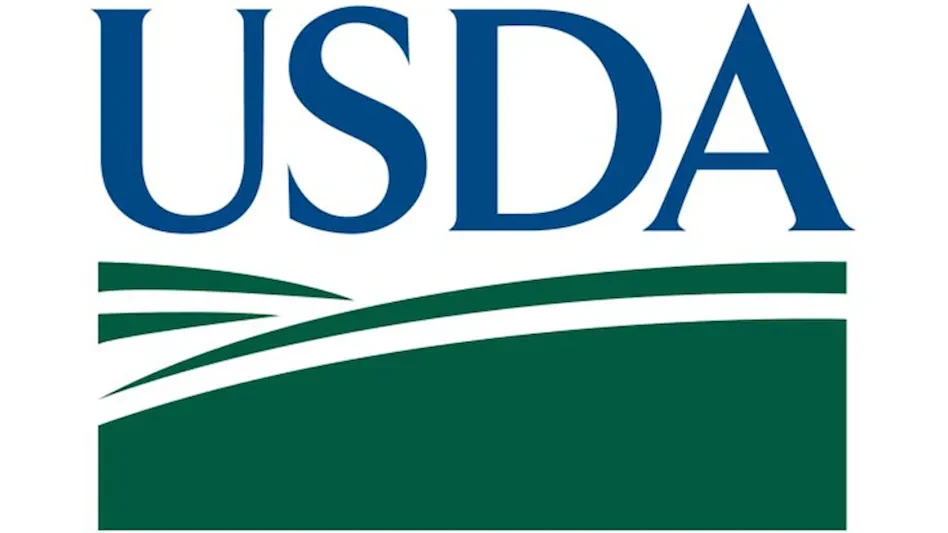With Listeria, E. coli and humane treatment all current hot topics in food safety, the meat industry is often placed center stage these days. Although processors are certainly in the spotlight, much of the heat is being directed further upstream.
For E. coli contamination, for example, questions are being raised as to procedures that could be implemented earlier to reduce pathogens being brought into a processing plant on or in the bodies of the animals. Just a few of the studies and initiatives taking place across private industry, academia and the government include a focus on vaccines, irradiation and traceability.
Prevalence. According to CDC, most of the reported Shiga toxin-producing E. coli (STEC) infections in the United States are caused by E. coli O157:H7, with an estimated 73,000 cases occurring each year. Non-O157 STEC bacteria also are important causes of diarrheal illness in the U.S. With at least 150 STEC serotypes associated with outbreaks and sporadic illness, six non-O157 serogroups account for the majority of U.S.-reported non-O157 STEC infections.
Two Vaccines. USDA Agricultural Research Service (ARS) scientists have developed two forms of a vaccine which may reduce the spread of E. coli bacteria through the immunization of calves. One form of the vaccine is comprised of cells of a strain of E. coli O157:H7 that is lacking a gene known as hha. A second form of the vaccine contains an E. coli strain lacking both hha and a second gene, sepB. In either vaccine, the E. coli strain produces a large quantity of what are known as immunogenic proteins. These proteins trigger the immune system response that prevents E. coli O157:H7 from successfully colonizing cattle intestines.
In preliminary tests, Holstein calves were immunized at age three months with a placebo or either form of the vaccine. Six weeks later, the animals were given a dose of E. coli O157:H7, and, for the next 18 days, their manure was tested for evidence of the microbe.
The scientists found that calves that received either vaccine had reduced or non-detectable levels of E. coli in their manure within only a few days after being inoculated with the bacteria.
Irradiation. Irradiation is currently receiving renewed attention with a petition filed in 2005 by the American Meat Institute (AMI) still (as of this writing) "under consideration" by the USDA FSIS. In the petition, said AMI Executive Vice President James Hodges, the association asked FSIS to recognize the use of low-dose, low-penetration electron beam irradiation applied to the surface of chilled beef carcasses as a processing aid and, accordingly, that the process need not be labeled on products derived from the carcass.
In that petition, AMI said carcass irradiation should be treated as a "processing aid," because it only treats the surface of the carcass and does not irradiate the entire product. Other processing aids applied to the exterior of carcasses do not trigger product labeling.
"This is a different application of a proven technology, but one that merits a prompt review in an open rulemaking process," Hodges said. "USDA has the authority to initiate this rulemaking today and could have done so even absent a petition."
The issue is currently pending action, while questions with and from FSIS are resolved. The 2005 request can be read at www.fsis.usda.gov/PDF/Petition_Carcass_Surface_Irrad.pdf.
Traceability. Due to a backlash of negative response, the USDA has announced a new, flexible framework to replace the National Animal Identification System (NAIS) and improve animal disease traceability capability in the United States. In public response to NAIS, some were in favor of the program, but most were highly critical, raising concerns and criticisms of confidentiality, liability, cost, privacy, and religion. There were also concerns about NAIS being the wrong priority for USDA, that the system benefits only large-scale producers, and that NAIS is unnecessary because existing animal identification systems are sufficient.
In response, USDA made some changes to the system, but retained the foundation, explaining in a NAIS Fact Sheet, "The United States needs a flexible system that will allow us to find disease, quickly address it, and minimize harm to producers
"Animal disease traceability, or knowing where diseased and at-risk animals are, where they’ve been, and when, is very important to make sure that there can be a rapid response when animal disease events take place. … It’s time that we do more to make these efforts more workable, feasible, and common sense for all of America’s producers—especially small producers."
The new approach differs from the previous system in that it will be focused entirely on animal disease traceability, and led and administered by the states and tribal nations. USDA will support these groups and work cooperatively to ensure the traceability standards are defined, measurable, and well documented.
The system is mandatory only for animals being moved interstate. However, each state will determine its own specific approach and solutions to achieve the minimum performance measures.
USDA will be flexible in states’ and tribal nations’ use of technologies that suit the needs of their producers, and the new framework will also work with existing USDA disease programs, incorporating the identification requirements for those programs.
In addition, the USDA fact sheet noted three aspects of the traceability system designed to help promote a safe, healthy food supply, including:
- When animals arrive at slaughter facilities, before slaughter FSIS conducts a wholesomeness evaluation. If any potential signs of disease are seen, the animal is removed and evaluated. If diseased, the animal disease traceability system would make the traceback of that animal more effective and timely than if it had no identification.
- If animal disease is found at pre-slaughter or on the farm, traceability allows animal health officials to better determine the location of animals that may have been exposed to the disease, and allows for testing of those, while leaving unexposed animals free to move in commerce.
- Animal disease traceability will also ensure that the United States can manage diseases that can be transmitted from animals to humans.

Explore the March 2010 Issue
Check out more from this issue and find your next story to read.
Latest from Quality Assurance & Food Safety
- Bird Flu: What FSQA Professionals Need to Know
- Registration Open for 129th AFDO Annual Educational Conference
- Frank Yiannas, Aquatiq Partner to Expand Global Reach of Food Safety Culture
- World Food Safety Day 2025 Theme: Science in Action
- Ancera Launches Poultry Analytics System
- USDA Terminates Two Longstanding Food Safety Advisory Committees
- Catalyst Food Leaders Announces Virtual Leadership Summit for People in Food
- Food Safety Latam Summit 2025 Set for Mexico City





